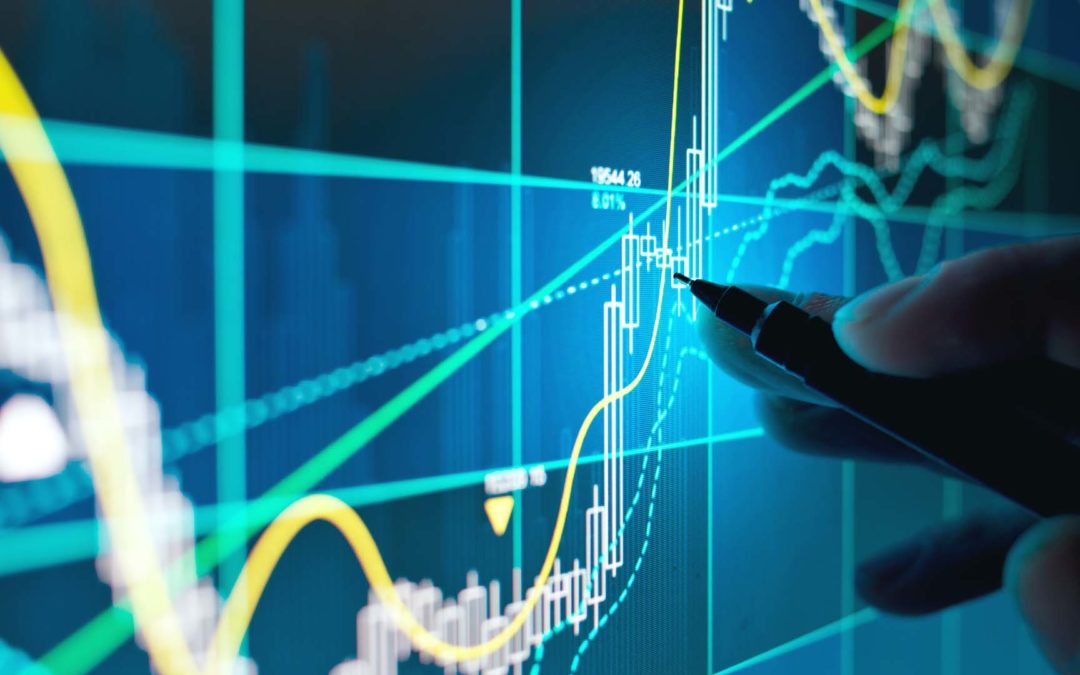Two supply chain professors from MIT and North Carolina State highlight the many different ways transparency can boost business value and help organizations create more sustainable supply chains.
Buyers increasingly want to know how the products they’re procuring are made and are rewarding organizations that provide high levels of visibility into their supply chains (and steering clear of those that do not). Meanwhile, advocates for reform are pressuring companies to be more transparent and investors are looking for targets that follow acceptable environmental, social, and corporate governance (ESG) practices.
By definition, supply chain transparency requires companies to know what’s happening upstream in the supply chain and to communicate this knowledge both internally and externally. The process has become increasingly important for customers, who may be willing to pay 2% to 10% more for products from companies that provide greater supply chain transparency.
These and other developments have led to a direct correlation between supply chain transparency and business value, according to the recent MIT Sloan Management Review article, How Supply Chain Transparency Boosts Business Value. In it, two supply chain professors from MIT and North Carolina State urge companies to go beyond supplier audits—and to look beyond their Tier 1 and 2 suppliers—to develop more transparent supply chain management approaches.
“Audits alone are not sufficient for truly gaining visibility into one’s supply chain,” Tim Kraft and Yanchong Zheng write. “To begin with, audits are only snapshots of supplier practices at the time the audits occur. There is evidence that suppliers often find ways to game audits and hide what they don’t want an auditor to see.” Audits also require significant time and resources, the cost of which often limits their frequency and narrows their scope to only first-tier or key suppliers.
To overcome the key barriers to supply chain transparency, the authors tell companies to explore advanced technologies like the Internet of Things (IoT) for collecting granular data and blockchain for protecting the integrity of that data (e.g., to confirm that fair trade certification requirements have been met).
“The enhanced collection and sharing of data enabled by these technologies has the potential to offer unprecedented supply chain insights compared with those afforded by infrequent audits,” the authors write, adding predictive analytics and data triangulation to the list of tools that help enhance visibility. For example, they say one organization is using predictive tools to help buyers detect unauthorized subcontracting and forced labor in informal garment factories in Bangladesh and India.
Creating Business Value
Improved supply chain visibility not only helps companies communicate sustainability goals and performance to business partners, investors and customers, but it can also create new market opportunities. “As consumers increasingly consider sustainability to be an integral part of their purchase criteria, better communication can lead to market advantages,” the professors write, pointing to licensed collegiate apparel maker Alta Gracia Apparel as a prime example of this.
Alta guarantees that the workers making its apparel in the Dominican Republic receive wages and benefits to cover the cost of a family’s needs — wages that are 340% higher than what is required by law, the authors state. “To test the value of transparency in the market, Alta Gracia and its research partners ran a field experiment at a university bookstore,” they write. “They found that when video clips describing Alta Gracia’s practice of paying living wages to workers were displayed, the company’s product sales increased significantly.”
Based on their own research, the authors say they “consistently observe that companies benefit from providing increased visibility into the social responsibility practices of their supply chains.” Improved visibility strengthens customers’ trust in a company, for example, and can result in revenue benefits, especially when customers are generally skeptical of businesses’ corporate social responsibility (CSR) claims.
“Supply chain transparency has become a critical component in consumers’ purchasing criteria, and companies now must decide how transparent they want to be,” the authors conclude. “But they must gain visibility into their own supply chains before they can make them more transparent to consumers and partners. This increased visibility can help mitigate supply chain risks — to workers, the environment, consumers, and a company’s production capabilities and reputation — and ensure compliance with social and environmental standards.”

Technology that Boosts Supply Chain Transparency
IntelliTrans’ Global Control Tower provides high levels of supply chain transparency; aggregates, completes, and enhances data from a variety of sources; offers visibility into and execution of different aspects of the supply chain; and generates data-driven alerts and analytics that ask deeper questions and deliver meaningful insights.
By leveraging tracking information, the Global Control Tower provides analytics that measures key performance indicators (KPIs) like fleet cycle time, origin/destination dwell time, lane and hauler performance, back orders, freight spend, load optimization, and more. With their rate, equipment, lease, tracking, and invoice data in a central repository that’s accessible 24/7, companies can position themselves for success in any market conditions.

